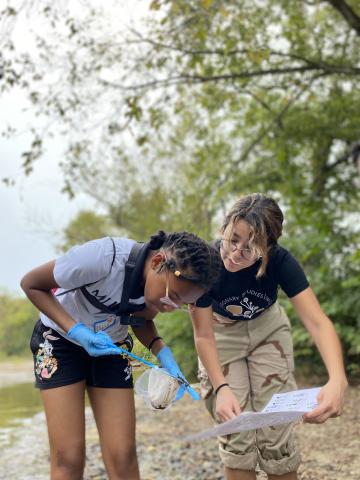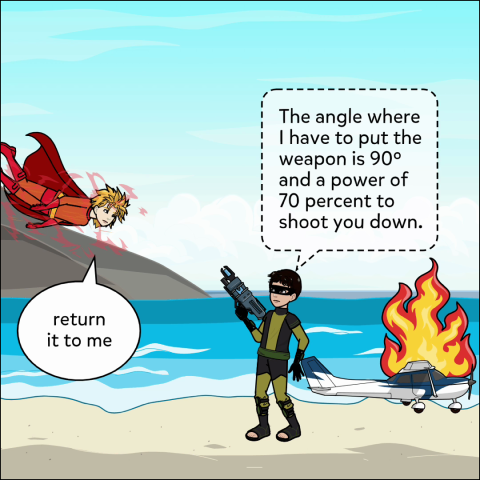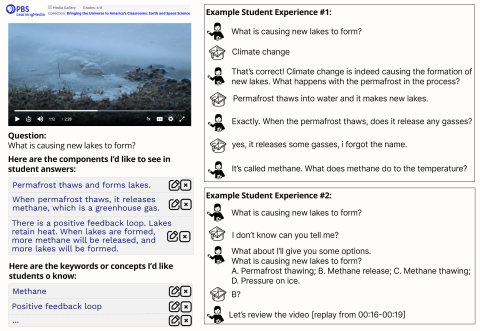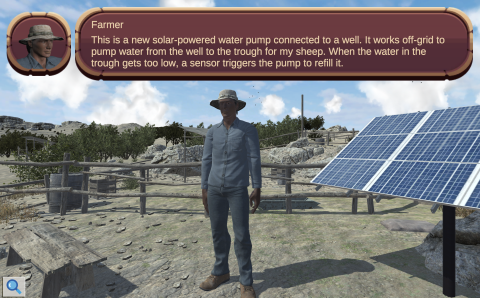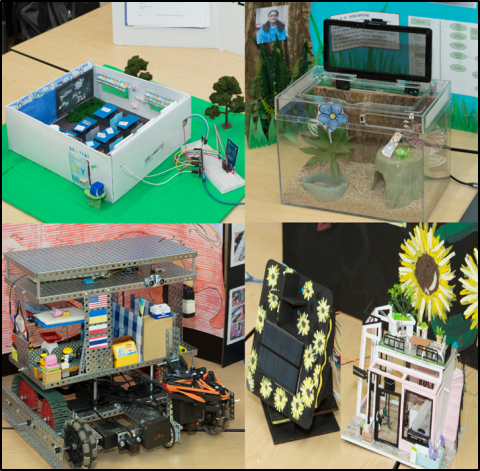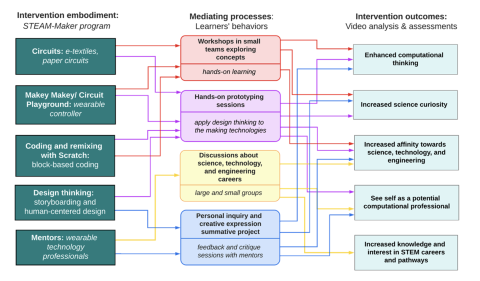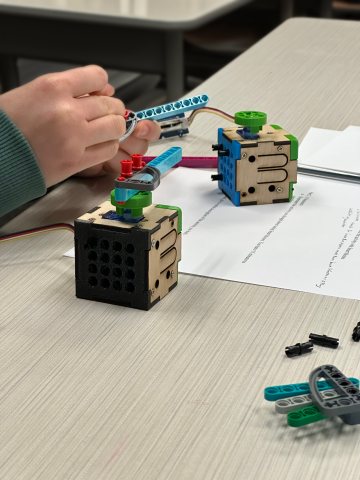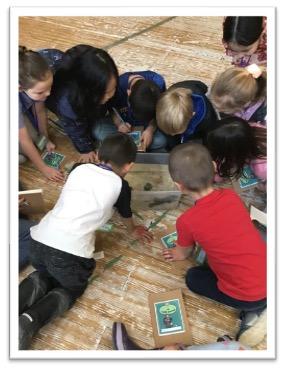Image


Welcome to the ITEST Project Summaries Library! These one page artifacts were created to share information and unpack project work across the three ITEST pillars 1) Innovative Use of Technology in Teaching and Learning, 2) Partnerships for Career and Workforce Preparation, and 3) Strategies for Equity in STEM Education.
We invite you to search, filter, and explore these pages—and add comments to engage with your colleagues! Feel free to also download the booklet.
